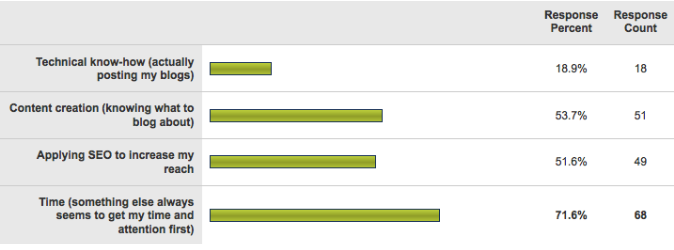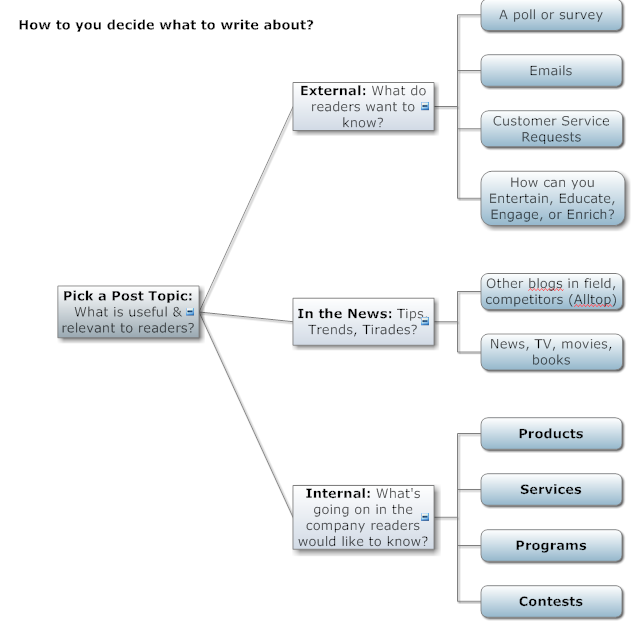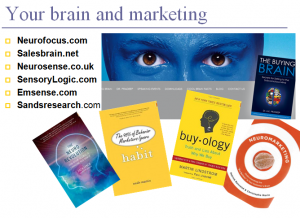 How can you learn basic search marketing for blogging in 5 minutes or less? Do what all the smart and savvy bloggers and content marketers do: use Scribe.
How can you learn basic search marketing for blogging in 5 minutes or less? Do what all the smart and savvy bloggers and content marketers do: use Scribe.
At the end of this post I’ll give you a link for a special discount code which expires on Friday November 5, 2010 at 5 p.m. CT. In case you don’t understand what Scribe can do for you, here’s the best way I can describe it, along with a screen shot of what a Scribe report looks like.
Scribe SEO Copywriting is a practical tool you install and use for each blog or web pages you want to publish. Once installed, you can get a report BEFORE you publish, which tells you how optimized your content is for search engines.
Before I started using Scribe, I assumed (because I’m pretty smart and I’ve been getting good search results) that if I wrote quality headlines and posts, using the keyword phrases I wanted to focus on, those little search robots would be pleased…
Wrong! By using Scribe, I learned which pages and posts were getting 100% scores… and which were only ranking 52%, 78%, and 90% with the little darling spiders. In seconds, after writing a draft, a report is generated, telling me what’s wrong with my headline, use of keywords, description, etc.
All I have to do is make a few corrections and usually I can get a 100% score on the 2nd try.
Trust me, I’m no geek. This is so easy a 3rd grader can use it. Do yourself a favor and try it out, you can always unsubscribe from the monthly fee ($27 for 300 analyzes a month). I am an affiliate, I recommend it, and I love it.
Here is a sample analysis… Read More→
Read More→












